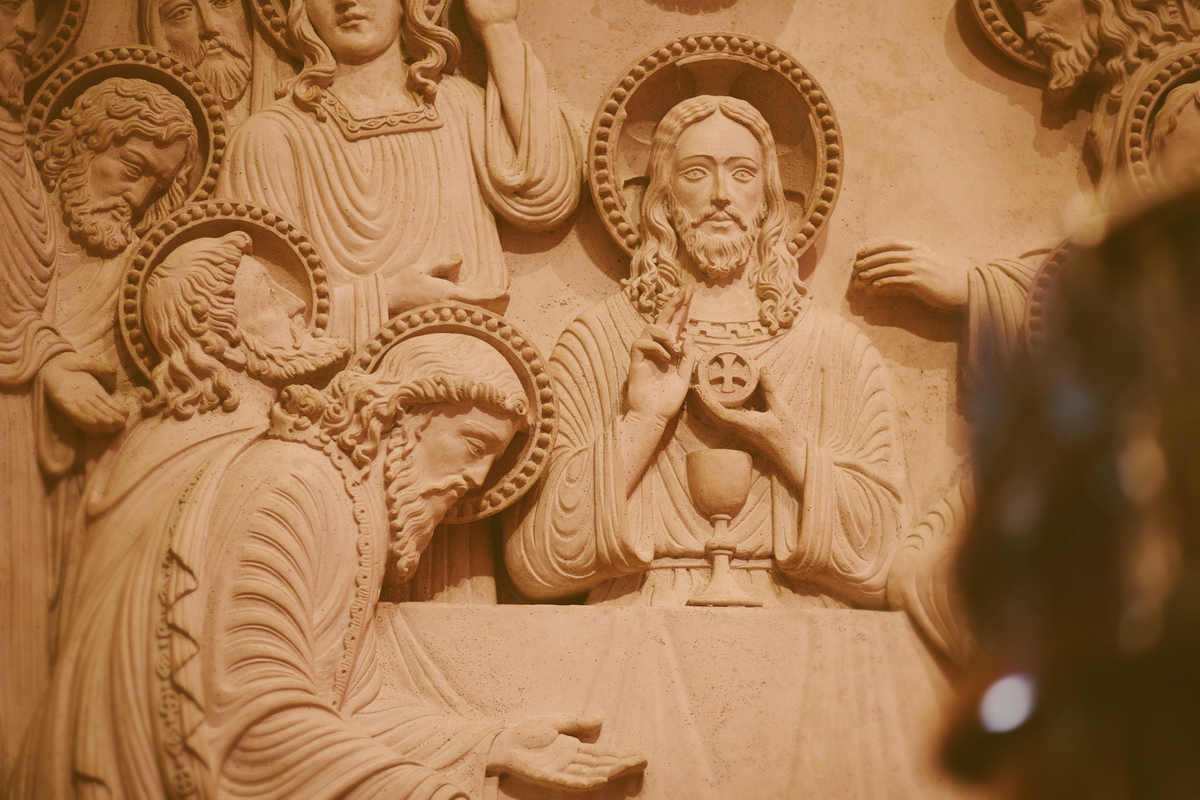See, Know and Serve
Community Research and Church Development
By: Tom Bandy
The Rev. Dr. Thomas G. Bandy is an internationally recognized author, consultant, and leadership coach for churches and Christian organizations and faith-based non-profits. He is the director of www.ThrivingChurch.com and has authored many planning tools that interface with the demographic research engine of www.MissionInsite.com.
1
A Microscope on the Community
By: Tom Bandy
This is my first post in a new blog about using MissionInsite for community research and church development. Available exclusively to ACST and MissionInsite subscribers. I hope you will join regularly as we explore how churches can become relevant to the people within their reach.
The MissionInsite website is much like the student microscope we used in High School and University Science Labs. Each microscope had two key adjustable features: magnification and filters.
Once you draw a search area (i.e. place a specific slice of reality on a slide and place it under the lens) you can study it in varying degrees of detail. When you upload your household membership and adherent list into the system to create a “People Plot”, you can see the distribution of member households across the region. Think of this as adding a colored dye to the slide under your microscope, since all the member households appear as little colored dots in the search area.
Start by drawing a search area that includes at least 85% of member households. This reveals the current geographic “reach” of your church.
- One way to grow a church is to reach further and expand the region influenced by your church. You can zoom out to get the big picture of all the publics in a community within, say, a 30-mile drive of the church building. This is particularly helpful, for example, to track trends in population and transportation to see who is moving in, who is moving out, and where they are going to live.
- Another way to grow your church is to go deeper to explore the neighborhoods where you have the greatest population density of current members. You can zoom in to get a micro-picture of particular publics within, say, a 10-minute walk to the church building. This reveals where you already have volunteer resources who can be trained and mobilized to invite neighbors to worship or lead local programs that are most relevant to publics under-represented in the church.
Rural churches, regional churches, and multi-site churches often zoom out to do their strategic planning. Urban churches, new church developments, and “Fresh Expressions” teams often zoom in to do their strategic planning. Whichever way you do it, MissionInsite automatically “shades” those areas of highest member household density so that you can see where your church is “hot” … and where it is not!
The second feature of a microscope is that it allows you to place particular filters in front of the lens. There are three basic “filters” you can access in MissionInsite.
- Pure Demographics: You can view facts and trends for age, race, language, income, occupation, marriage and family status, homeownership, etc. With this information you can track the locations of families with young children, for example, or households below the poverty line, or single-parent families, and so on. It can also help solve knotty problems like the best time for worship on Sunday morning.
- Lifestyle Segmentation: A “lifestyle segment” is a grouping of people based on similar attitudes, behavior patterns, spending habits, recreational priorities, media preferences, and habits of daily living. They tend to gather geographically, participate in similar activities, and follow predictable routines. With this information you can customize midweek small groups, for example, shape Sunday school classes and curricula, and modify hospitality and worship to attract visitors, target outreach, and so on. You can also predict what kinds of changes will cause the greatest stress in your congregation.
- Religion and Spirituality: You can explore participation in religious organizations, social and moral perspectives, religious beliefs, and spiritual needs often associated with specific lifestyle segments. With this information, you can focus sermons, for example, train evangelism teams, prioritize outreach programs, and so on. You can also anticipate what social issues might be most controversial in your community.
Each filter provides a unique view of the search area isolated on the “slide” of the “microscope”. These can be color-coded in a thematic map to reveal population densities for groups that share similar demographics, behaviors, or perspectives. This allows a church to target specific neighborhoods or regions, customize relevant programs, focus its mission and message, and listen for God’s vision for your future.
I welcome any and all questions about using MissionInsite for ministry planning and leadership development.
You can reach me at tbandy@acst.com.
Next Wednesday: Probabilities, Likelihoods, and Reality Testing By Tom Bandy




